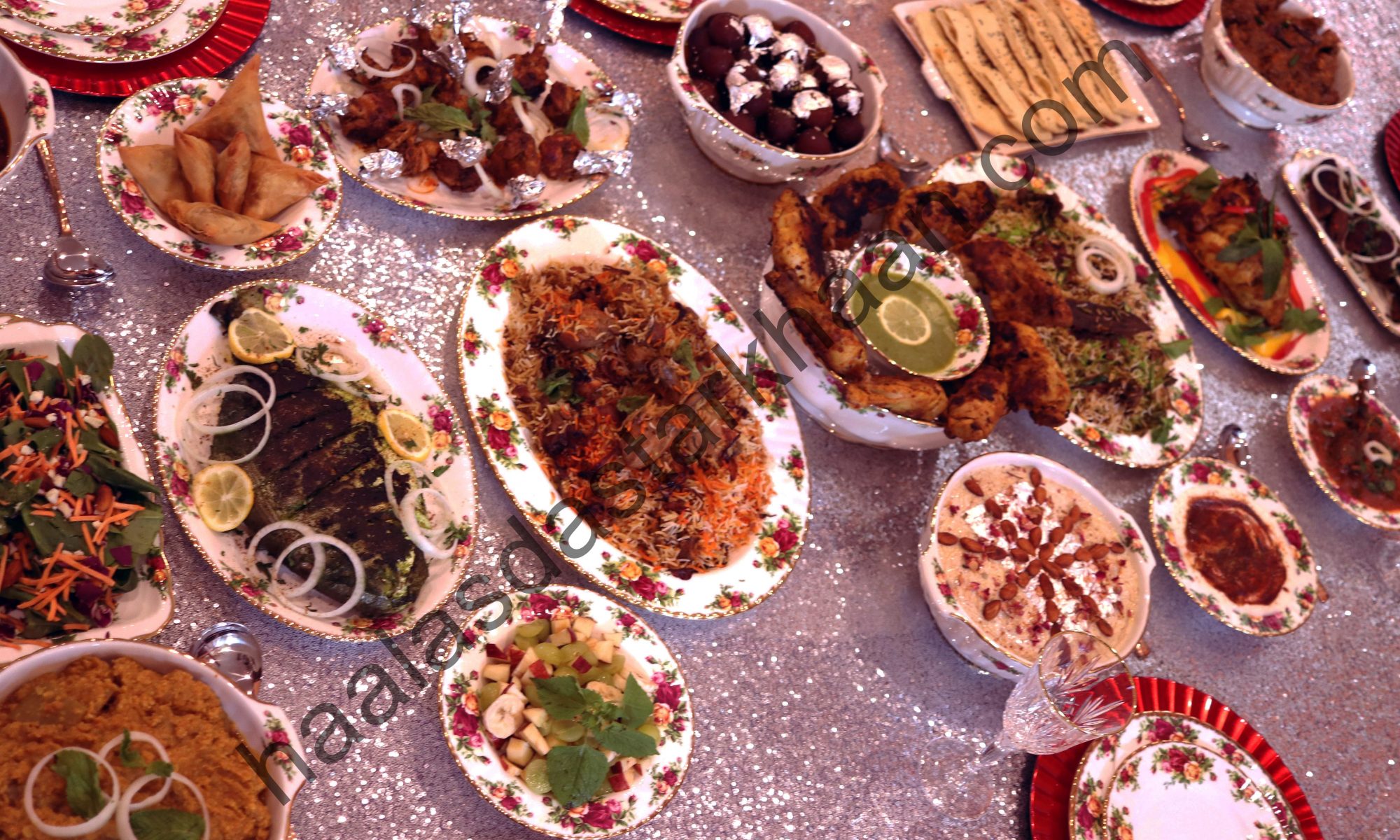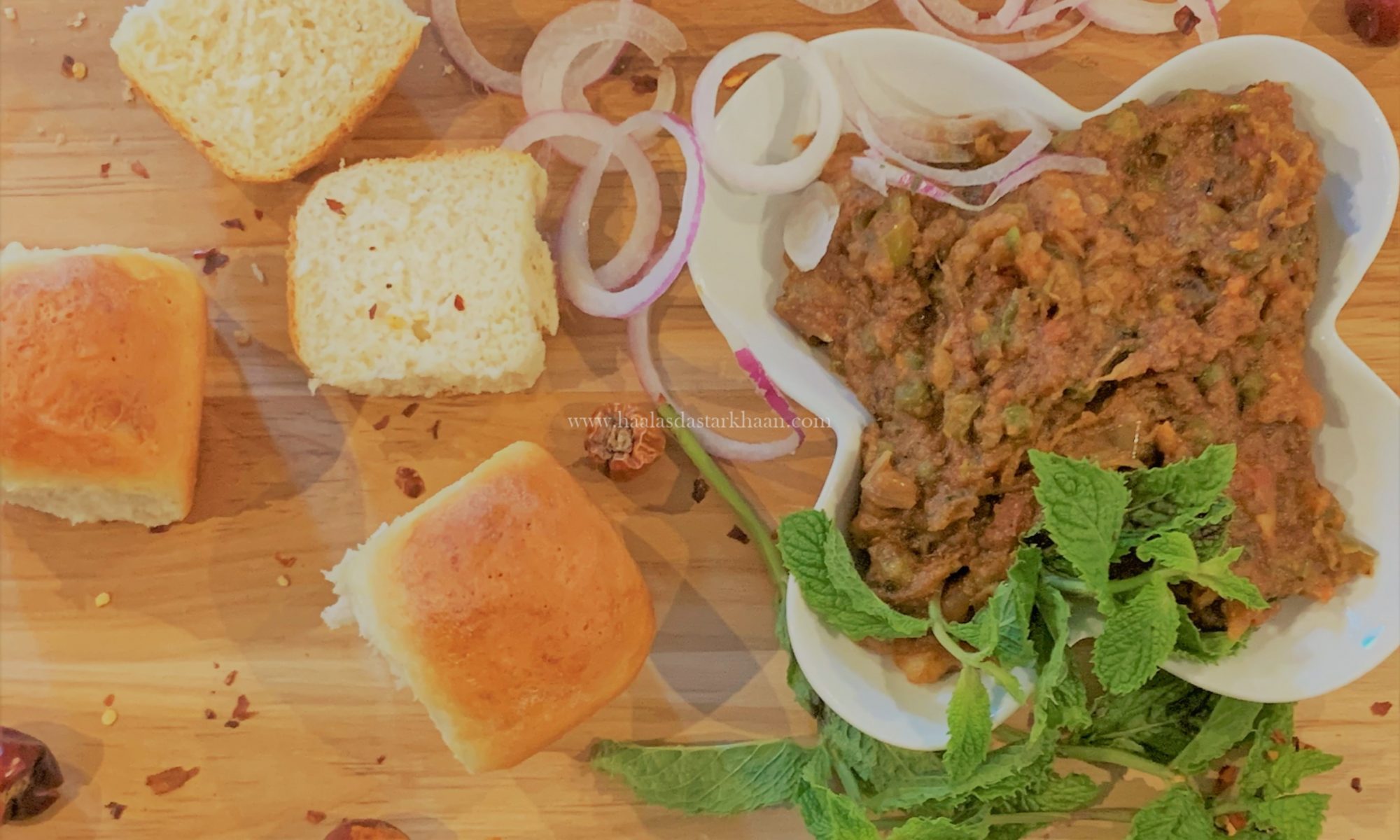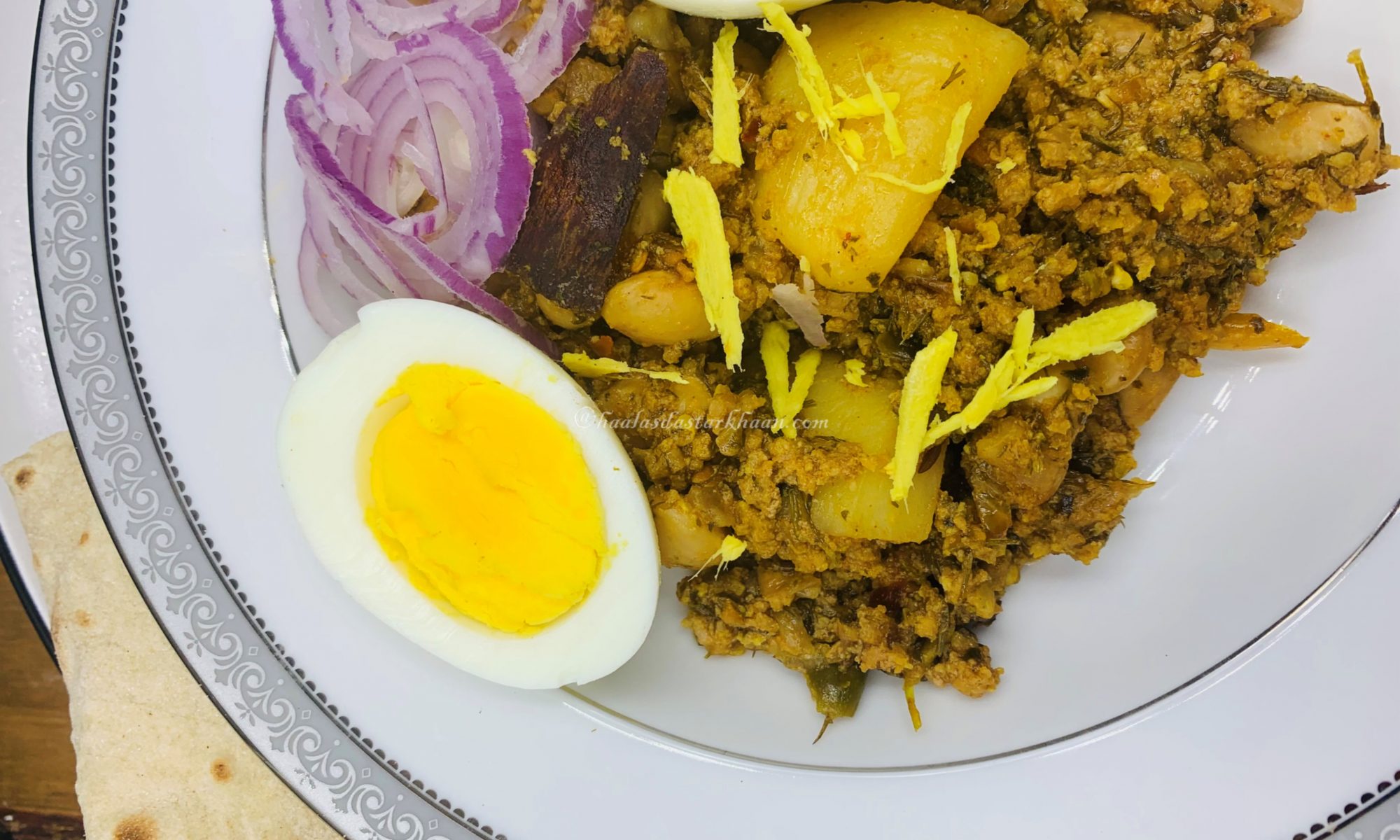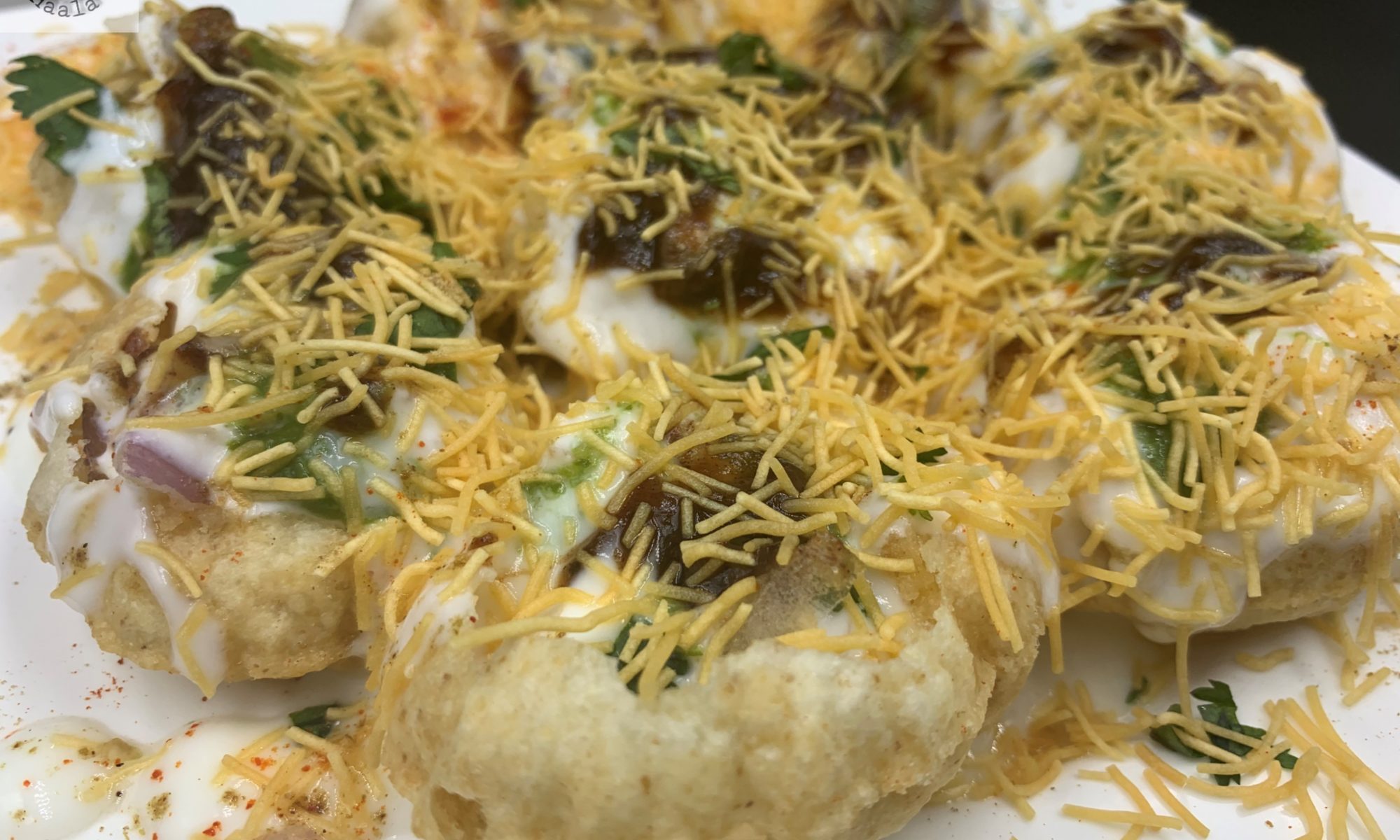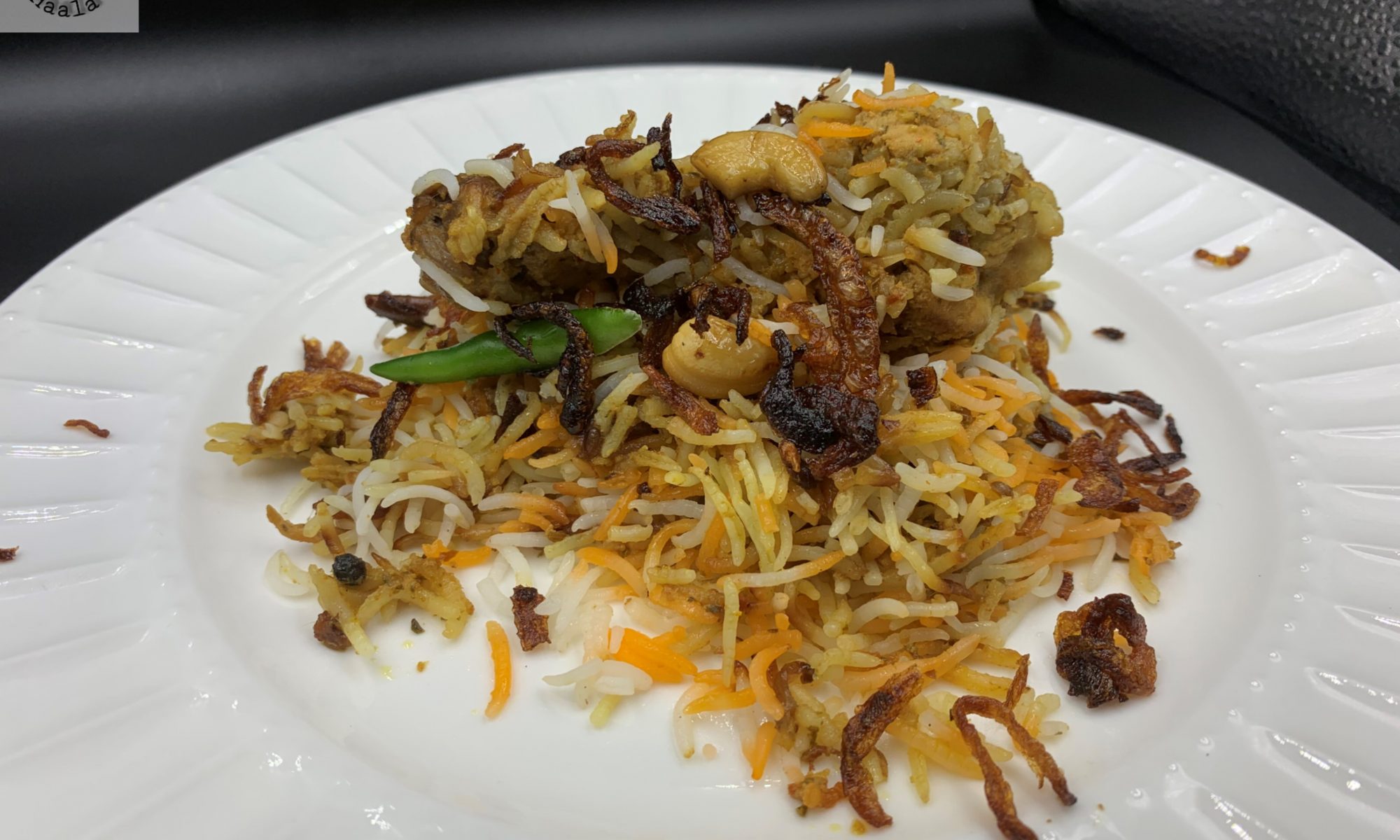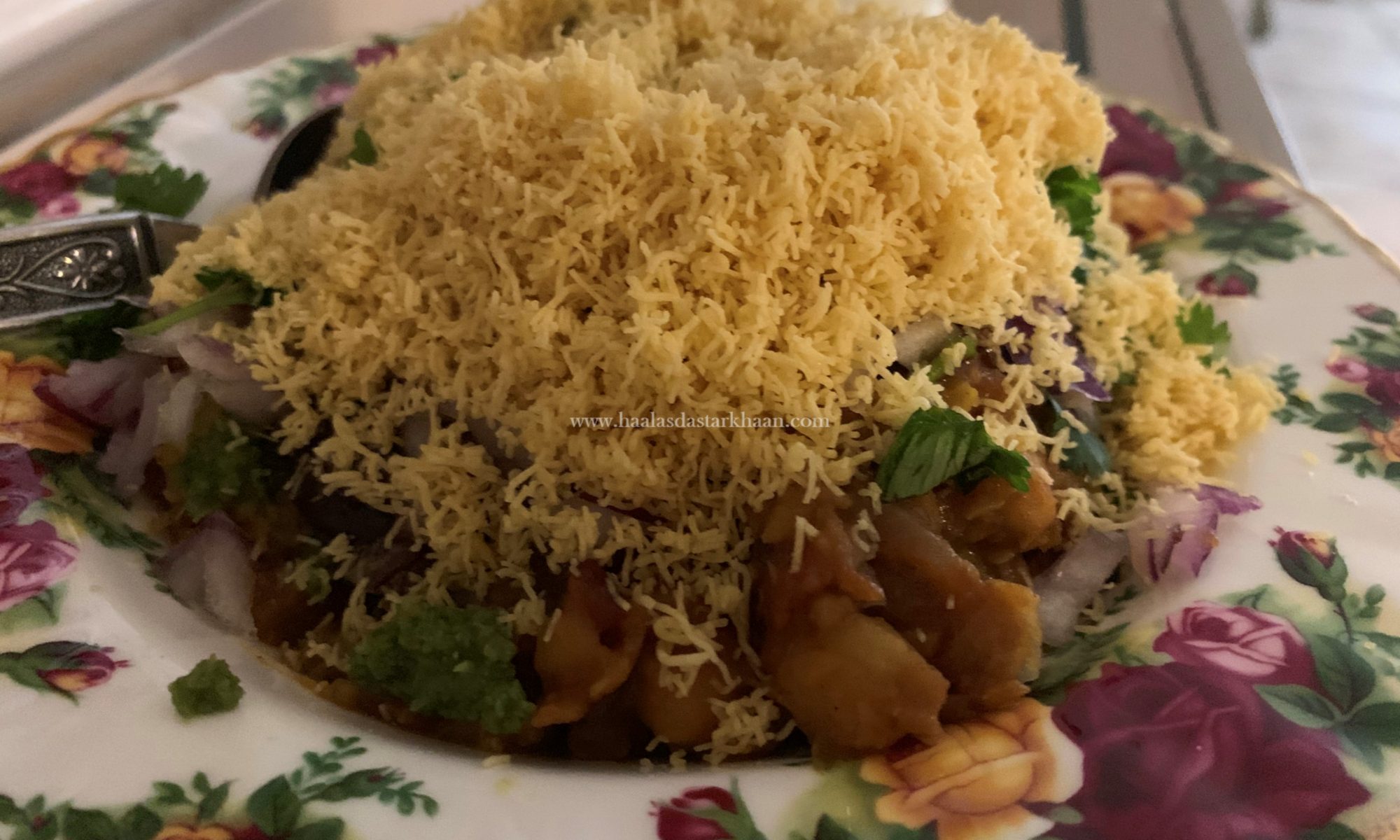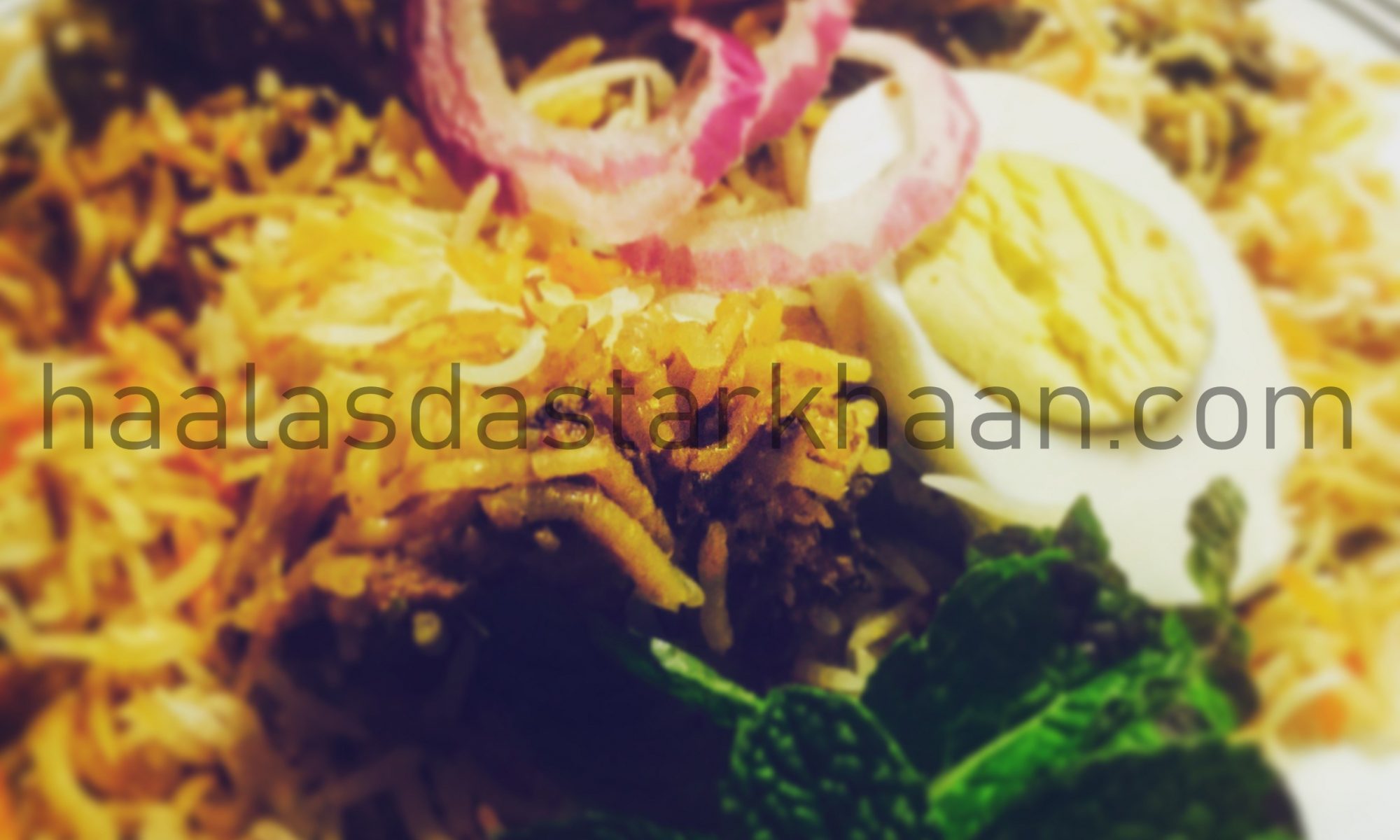I still remember when the trend of Paav Bhaaji came to my town. I was in Elementary school and I loved the flavors and so did everyone in the family. The funny thing was that all of a sudden Paav Bhaaji became a favorite dish for all. Now I have never been to the roadside stalls to eat Paav Bhaaji, though I somewhere always wanted to, but the small town I belonged wasn’t very apt with women standing on roadside eateries during those days. While writing this, I feel as if it was centuries ago, but honestly it was just a few decades ago and the amazing thing is that my small town has changed so much in the last few years that it’s exciting as well as scary. See, small cities have their own magic. People are friendlier, have more time in hand and almost everyone knows everyone. From that time where I would meet 50 people in a radius of one mile to now meeting almost the same number, but with the warmth missing.
Anyways, coming back to Paav Bhaaji. So, my father would always bring it home as a take away and we would all love it to the core. Slowly, my mom started getting Pav bhaaji masala and we would enjoy home made Paav bhaaji. So, my home made Paav bhaaji masala is my mother’s recipe.
I had tried my hands at Paav Bhaaji multiple times and always loved every bite of it. Though my mother used so many different veggies like cauliflower and carrots for her Paav Bhaaji, I only stick to Potato and Bell pepper, making it closer to the original flavors.
The Paav are also homemade. They are pretty easy as well. If you follow the recipe properly, you will be able to make these pillow soft amazing buns at home. You can serve the buns with anything, but as Paav with Bhaaji, they just seem to taste super amazing. To make them taste more delicious, split the buns, spread some butter and sprinkle some Paav Bhaaji masala on them and toast them on the Tava/ Pan.
Click and make your own Paav at home
